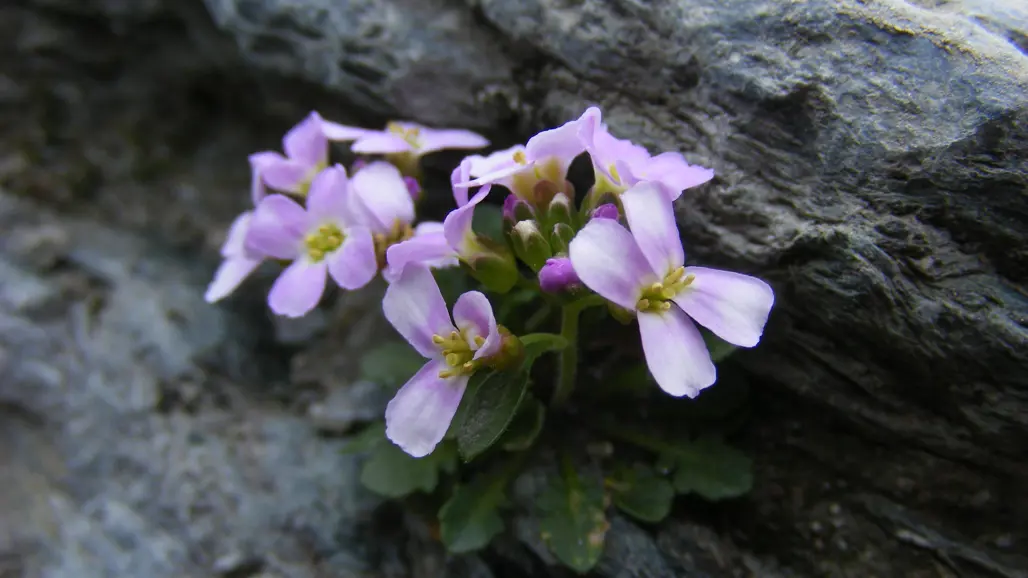
Chromosome doubling helps plants find new niches, but there are hidden risks
During evolution, plants sometimes acquire an extra complete set of chromosomes. This leads to greater genetic variation and opportunities to expand in new environments. However, it may also lead to the accumulation of harmful mutations in the genome, which can be a long-term threat.
The study was led by Levi Yant at the Swedish University of Agricultural Sciences (SLU) and Filip Kolář at Charles University in Prague, and the results have been published in the journal PNAS.
The acquisition of an extra complete set of chromosomes by an organism is a rare event in nature, but it is a powerful and as yet poorly understood evolutionary force. Such genome duplications have occurred many times in the history of life – especially in plants, including many of our most important crops like wheat, potato, and sugar beet. But what does this mean for natural populations and their ability to adapt?
To shed light on this, a European research team has mapped and analysed the genomes of more than 600 individuals of the wild plant Arabidopsis arenosa. The plant material was sampled from 23 populations where the plants have the original number of chromosomes and 42 populations where they have twice as many. The latter are often found in more extreme environments, such as sites with high levels of toxic metals. What they found was that chromosome doubling not only increases the number of small mutations but also accelerates the appearance of large ‘structural’ genomic changes.
A crucial discovery that the researchers document here is that chromosome doubling also hides harmful mutations by giving extra “backup” copies of genes. This can be positive, but also allows potentially harmful mutations to build up over time – what scientists call “genetic load”.
“This kind of chromosome doubling gives a short-term benefit – it buffers damage – but it also carries long-term risks,” says Levi Yant, Professor of Genetics at SLU.
Because genetic variation is the raw material for evolution, understanding how it builds up – and how it's shaped by genome doubling – gives deep insight into how species adapt. With climate change putting increasing pressure on crops, these findings are especially timely.
“Polyploidy, or having extra sets of chromosomes, is common in the plant world and has long been associated with bigger and more robust plants,” says Yant. “But our work documents a hidden cost, one which is larger than expected and which plays out dynamically over the ‘evolutionary lifespans’ of genome-doubled lineages. Thus these findings are relevant to how we breed resilient crops for the future and to understanding how wild plants may adapt to climate change.”
More about the study
The study is the first to show how the costs and benefits of a chromosome doubling may shift over an “evolutionary course” in a polyploid form of a wild plant. Using their extensive mapping of the genomes of a large number of individuals the researchers performed repeated computer simulations to show how the genomes might change over the very long term.
Contact person at SLU
Levi Yant, Professor
Department of Plant Biology
Swedish University of Agricultural Sciences, Uppsala
E-mail: levi.yant@slu.se
The article
Jakub Vlček & Tuomas Hämälä et.al. 2025. Whole-genome duplication increases genetic diversity and load in outcrossing Arabidopsis arenosa. PNAS. https://doi.org/10.1073/pnas.2501739122
Press image
(May be published without charge in articles about this press release, please include the name of the photographer)